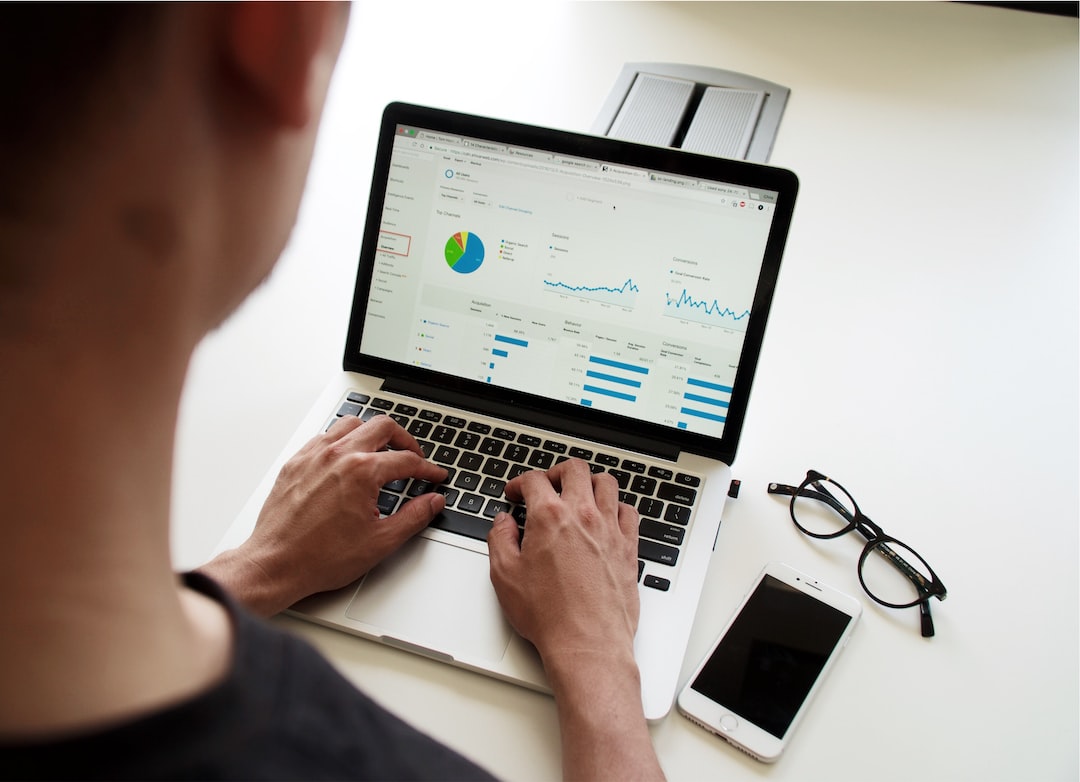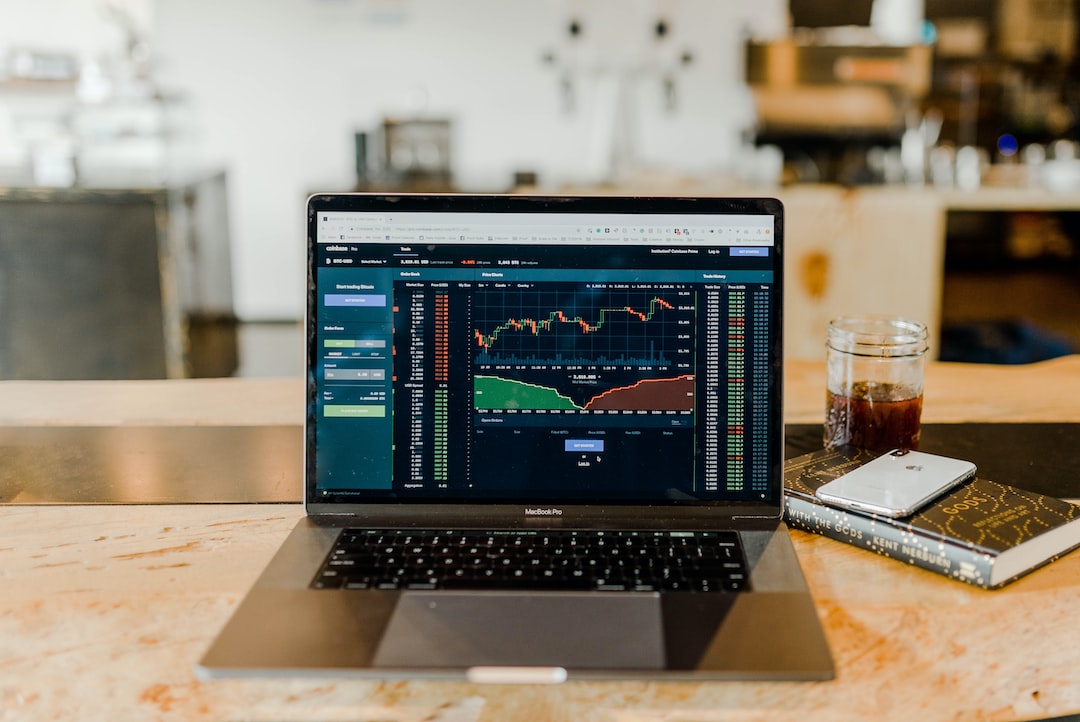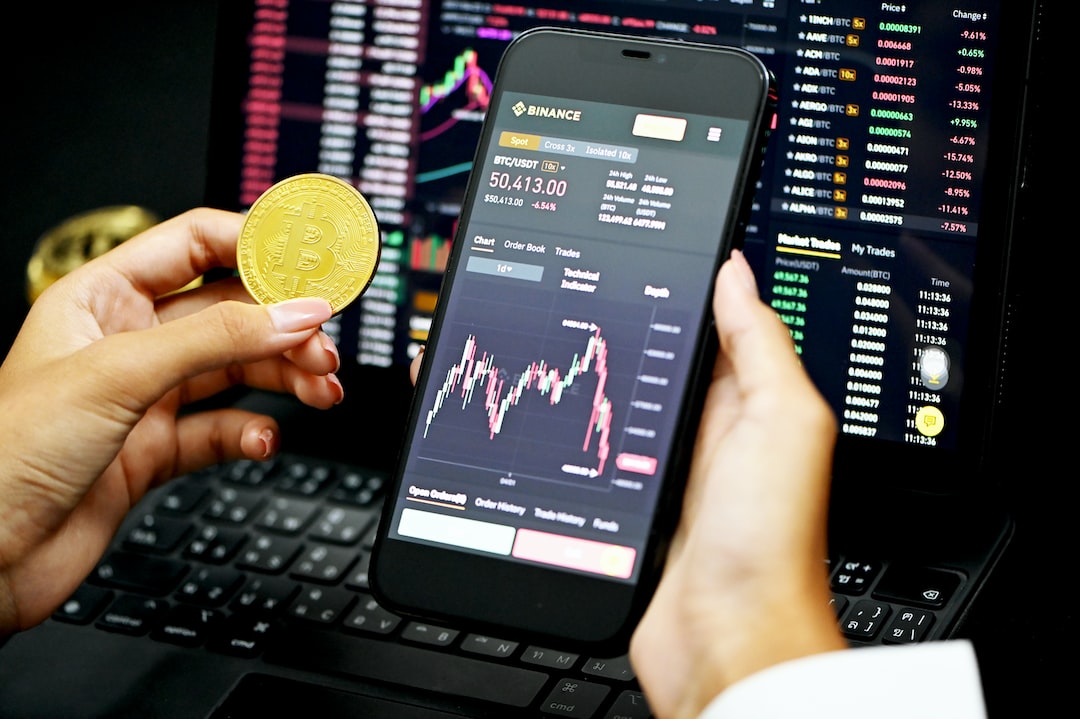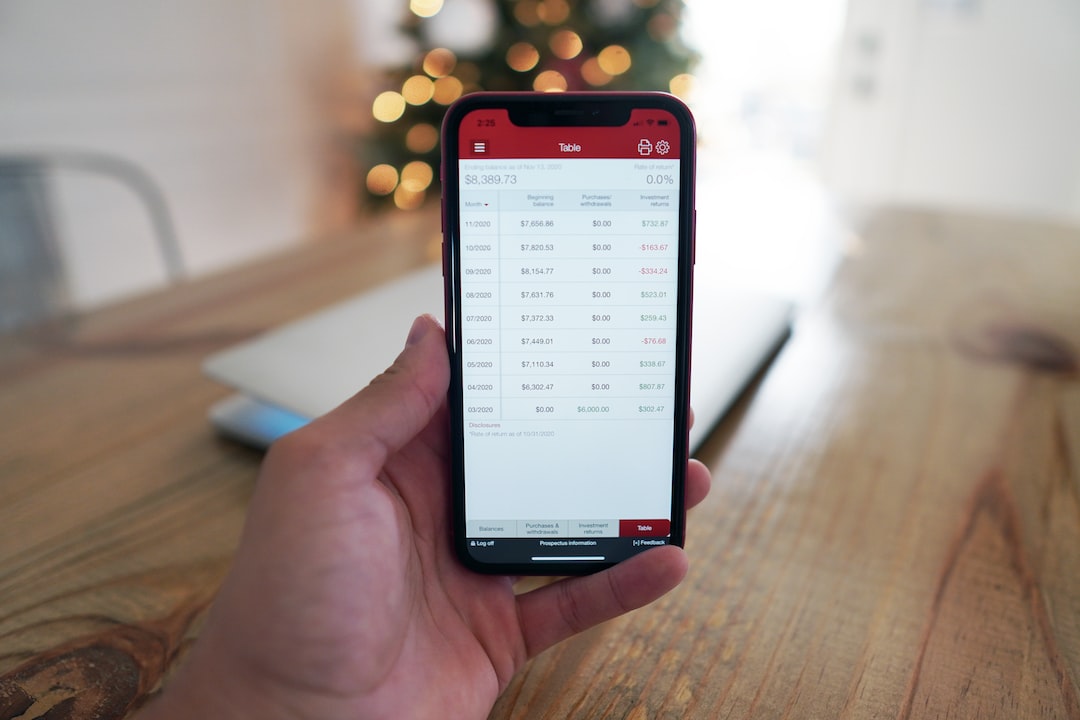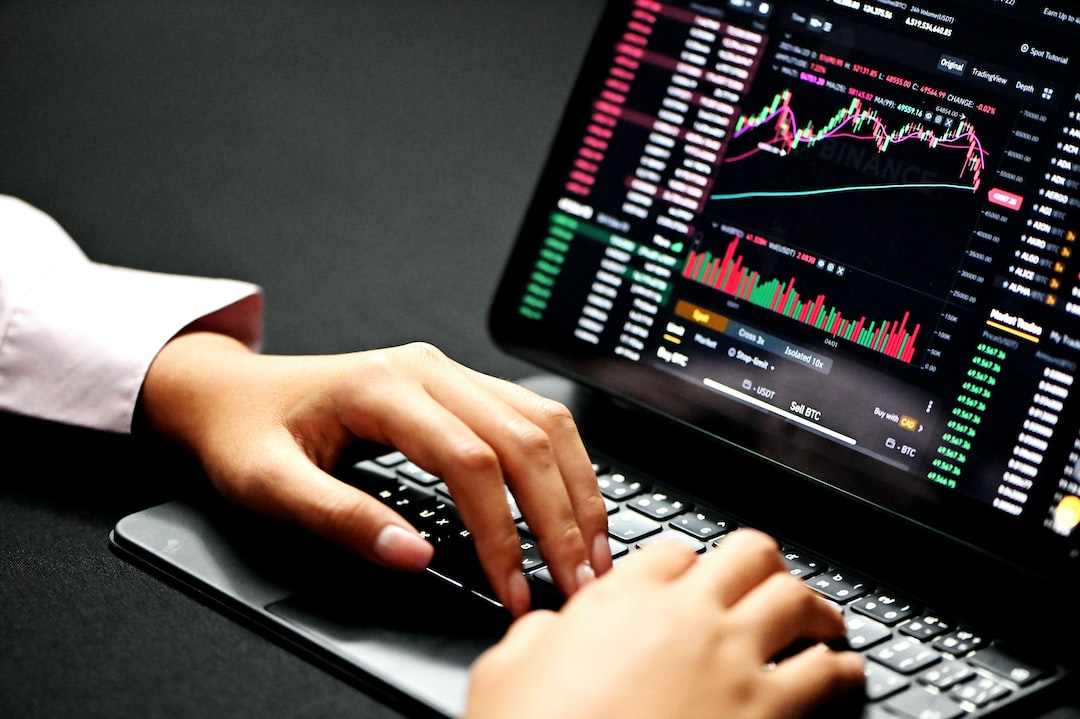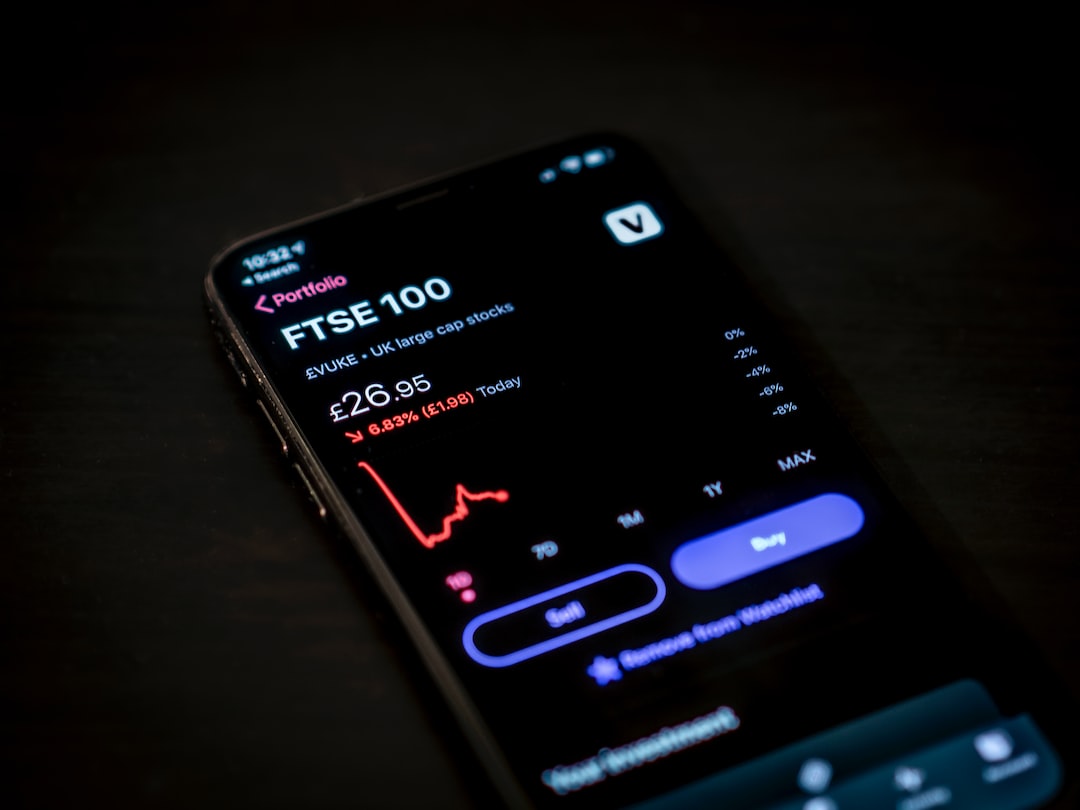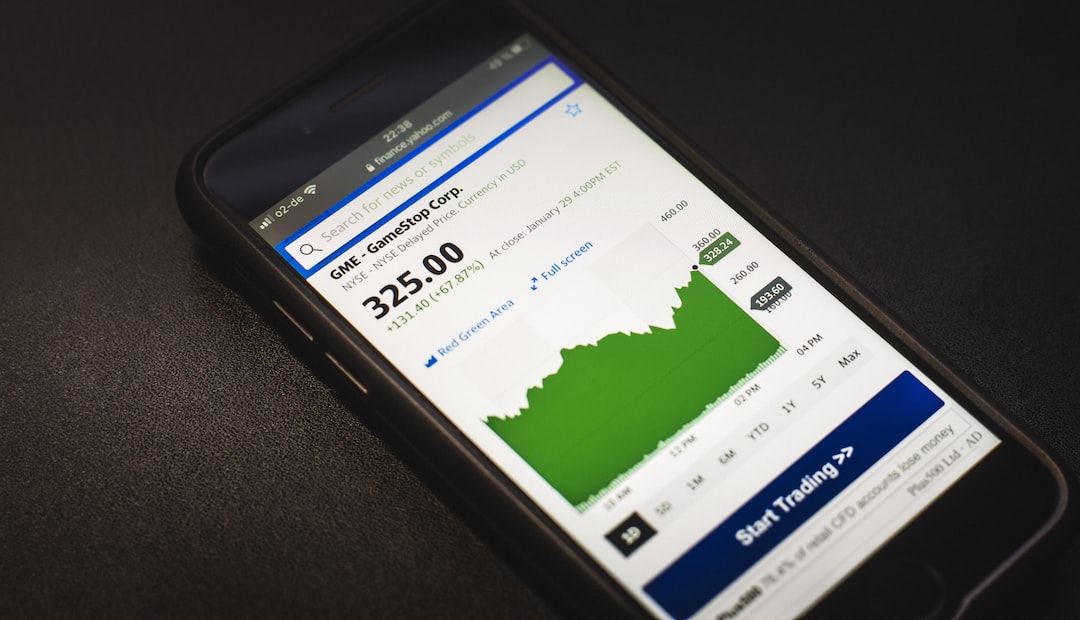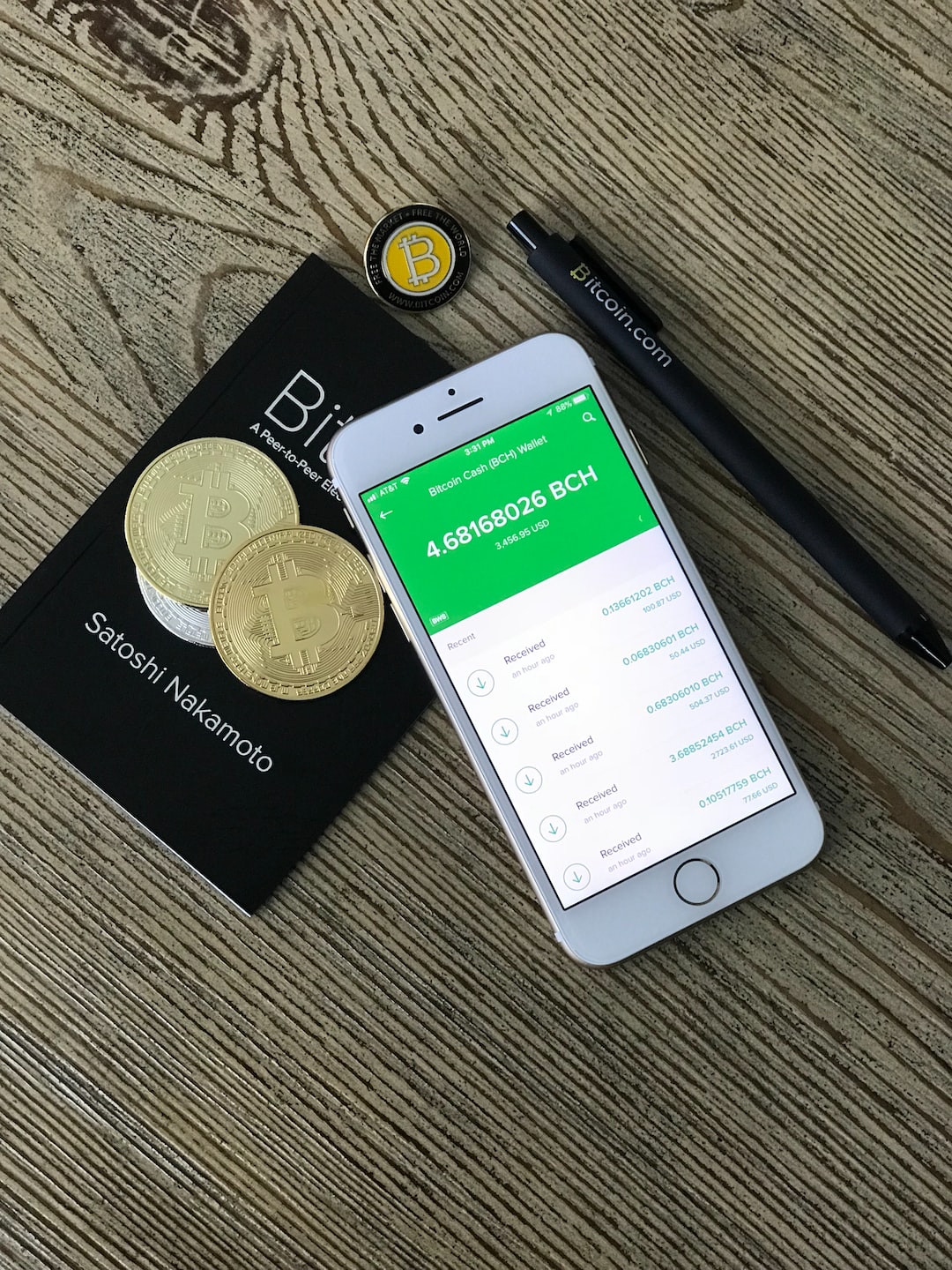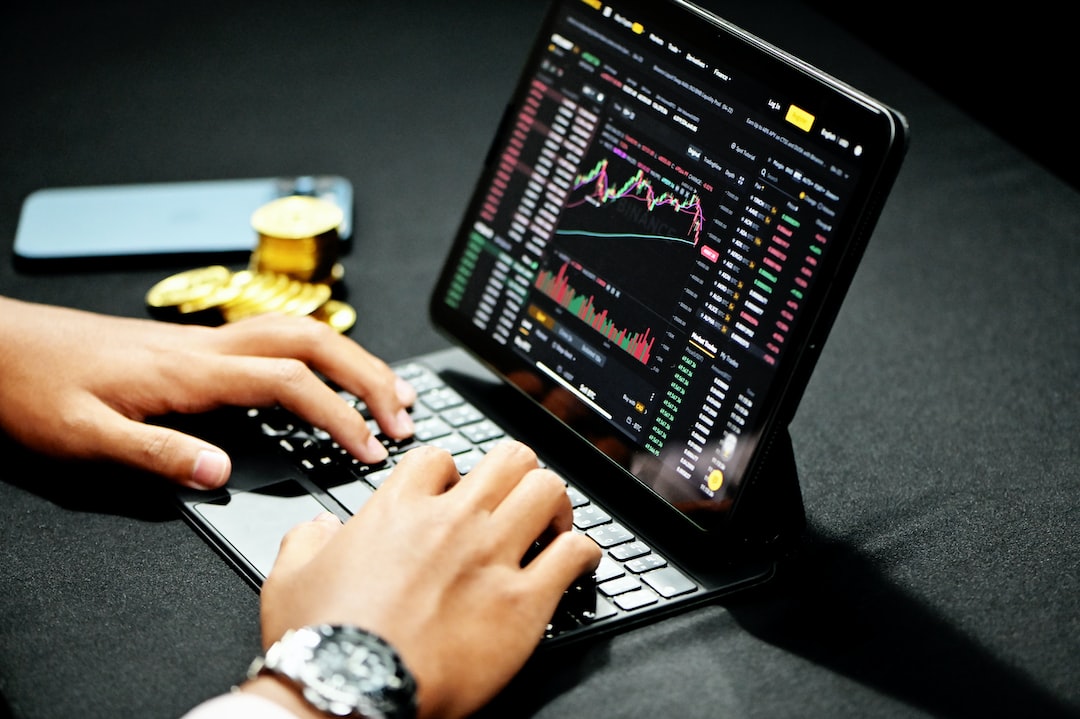How to Identify Profitable Forex Setups Using Technical Analysis
Forex trading is a highly competitive and complex market, where traders strive to identify profitable opportunities to make successful trades. One of the most effective methods used by experienced traders to identify such opportunities is technical analysis. By analyzing historical price data and using various technical indicators, traders can gain insights into market trends and patterns, which can help them identify profitable forex setups. In this article, we will explore the key concepts and techniques of technical analysis that can be used to identify profitable forex setups.
1. Understanding Support and Resistance Levels:
Support and resistance levels are key concepts in technical analysis that can help identify potential entry and exit points. Support level is a price level where buying pressure exceeds selling pressure, causing the price to stop falling and potentially reverse. Resistance level, on the other hand, is a price level where selling pressure exceeds buying pressure, causing the price to stop rising and potentially reverse. Identifying these levels on a price chart can help traders determine the potential direction of the market and identify profitable forex setups.
2. Using Trend Lines:
Trend lines are another important tool in technical analysis that can help identify profitable forex setups. A trend line is a line drawn on a price chart to connect two or more price points, indicating the direction of the market trend. An uptrend is characterized by a series of higher highs and higher lows, while a downtrend is characterized by a series of lower highs and lower lows. By drawing trend lines on a price chart, traders can identify potential entry and exit points based on the direction of the trend.
3. Utilizing Moving Averages:
Moving averages are widely used technical indicators that can help identify profitable forex setups. A moving average is calculated by averaging the price data over a specific period of time, and it is used to smooth out price fluctuations and identify the overall trend. There are different types of moving averages, such as simple moving average (SMA) and exponential moving average (EMA), each with its own advantages and disadvantages. By analyzing the crossover of moving averages or the relationship between the price and moving averages, traders can identify potential entry and exit points.
4. Using Oscillators:
Oscillators are technical indicators that can help identify overbought and oversold conditions in the market, which can be used to identify potential reversal points. Some popular oscillators used in forex trading include the Relative Strength Index (RSI), Stochastic Oscillator, and Moving Average Convergence Divergence (MACD). These indicators measure the momentum or speed of price movements and can provide signals when the market is overbought or oversold. By combining oscillator signals with other technical analysis tools, traders can identify profitable forex setups.
5. Analyzing Candlestick Patterns:
Candlestick patterns are graphical representations of price movements over a specific period of time. These patterns can provide traders with valuable information about market sentiment and potential future price movements. Some common candlestick patterns used in technical analysis include doji, hammer, shooting star, and engulfing patterns. By analyzing these patterns and their relationship with support and resistance levels, traders can identify potential entry and exit points.
In conclusion, technical analysis is a powerful tool that can help traders identify profitable forex setups. By understanding and utilizing concepts such as support and resistance levels, trend lines, moving averages, oscillators, and candlestick patterns, traders can gain insights into market trends and patterns and make informed trading decisions. However, it is important to note that technical analysis is not a guaranteed method for predicting future price movements, and traders should always consider other factors such as fundamental analysis and risk management strategies before making any trading decisions.











